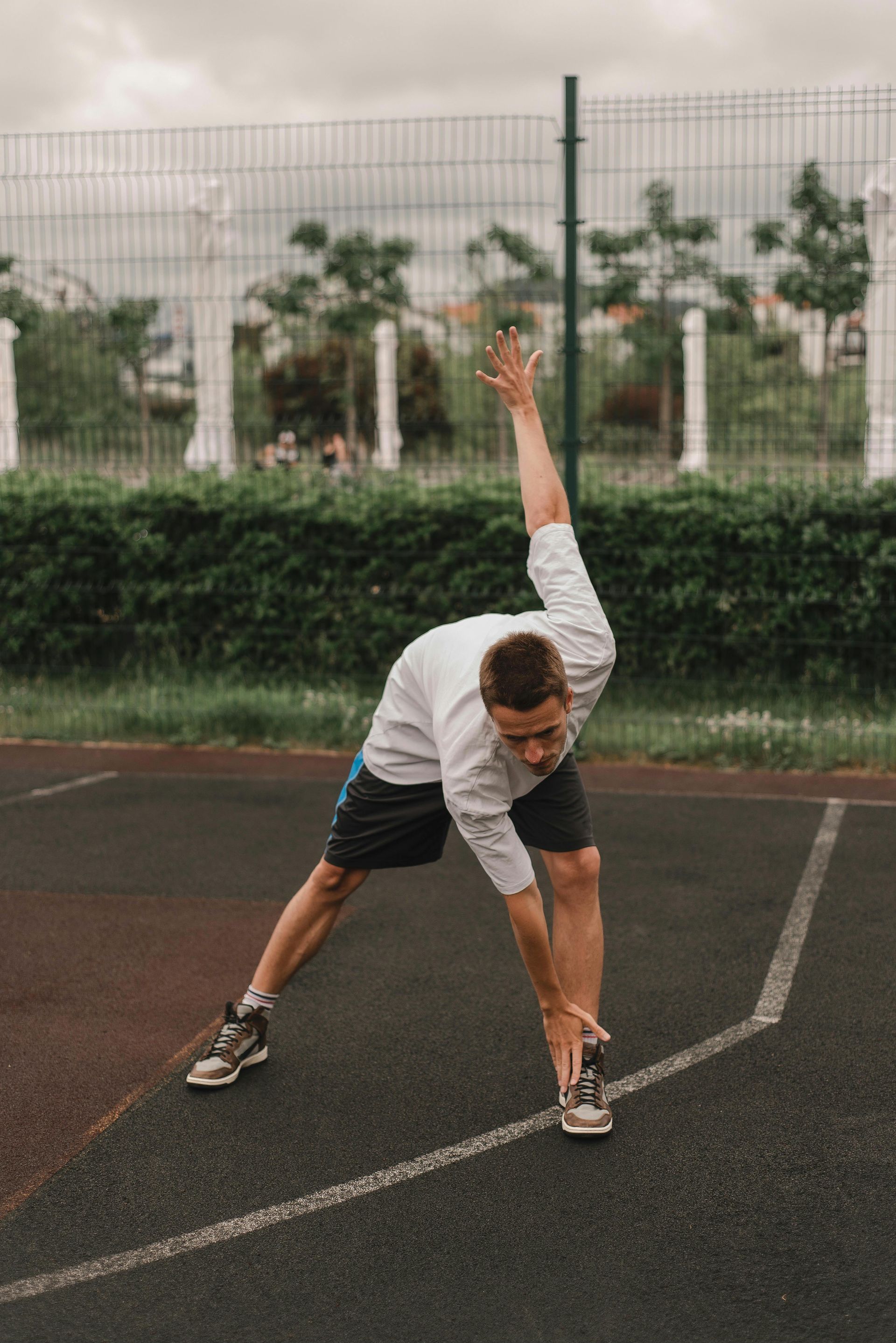Standing Push Press
Standing Push Press
Challenge
Challenge
The standing push press is a compound exercise that involves using a combination of leg drive and upper body strength to lift a barbell or dumbbells overhead. This movement targets the shoulders, triceps, and core. Here's a step-by-step guide on how to perform the standing push press with a barbell:
Muscles Targeted:
- Primary: Deltoids (shoulders)
- Secondary: Triceps, legs (quadriceps, hamstrings), core
Equipment Needed:
- Barbell and weights
Steps:
- Set Up:
- Start by standing with your feet shoulder-width apart or slightly staggered. Position the barbell on your upper chest, just below your neck. Grip the barbell with your hands slightly wider than shoulder-width apart, with your palms facing forward.
- Rack Position:
- Lift the barbell off the rack and bring it down to the front of your shoulders, crossing your arms underneath it. Your elbows should be pointing forward.
- Posture:
- Keep your back straight, chest up, and engage your core. Your feet should be firmly planted on the ground.
- Dip:
- Bend your knees slightly to initiate a dip, lowering your body down. Keep your chest up and your back straight during the dip.
- Drive:
- Explosively extend your hips and knees to generate upward momentum. This leg drive is a crucial component of the push press.
- Simultaneously, press the barbell overhead by straightening your arms. As the bar moves up, push your head slightly forward, allowing the bar to clear your face.
- Lockout:
- Lock out your elbows at the top of the movement, fully extending your arms. Ensure that your biceps are close to your ears.
- Lowering Phase:
- Inhale and slowly lower the barbell back down to the starting position. Control the descent to engage the muscles effectively.
- Repetition:
- Perform the desired number of repetitions, maintaining a fluid and controlled motion.
- Finishing:
- Once you've completed the set, carefully rack the barbell.
Tips:
- Use a weight that allows you to maintain proper form and control throughout the movement.
- Focus on the explosive leg drive to initiate the lift.
- Keep your core engaged to maintain stability during the press.
- Ensure that your elbows are pointing forward and your wrists are in line with your forearms during the movement.
As with any exercise, if you have any pre-existing conditions or concerns, it's advisable to consult with a fitness professional or healthcare provider before incorporating new movements into your workout routine.
Contact Us
Contact Us
Thank you for contacting us.
We will get back to you as soon as possible
We will get back to you as soon as possible
Oops, there was an error sending your message.
Please try again later
Please try again later




